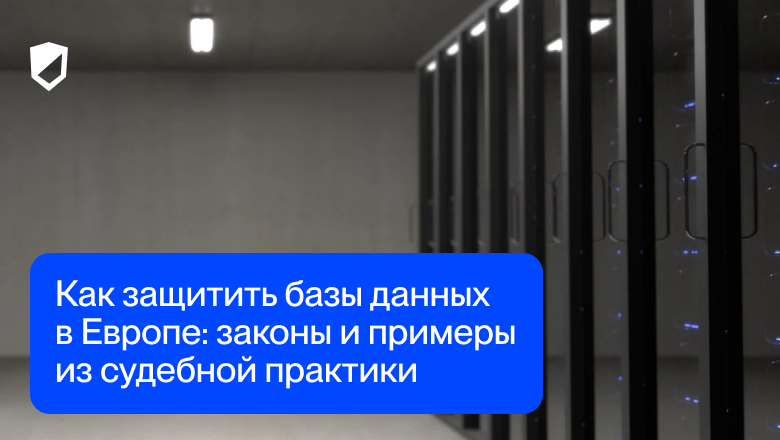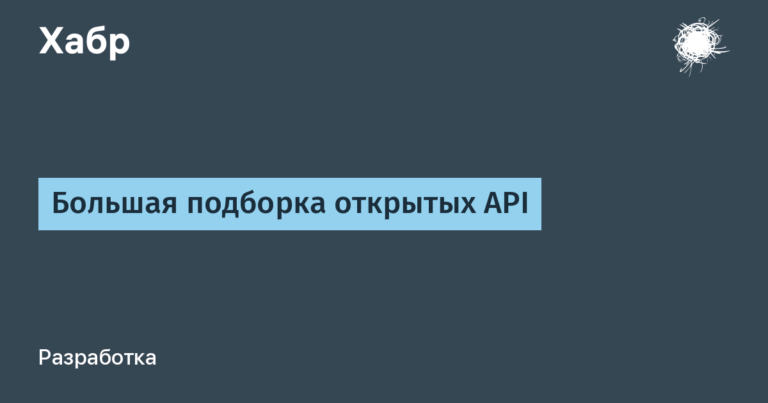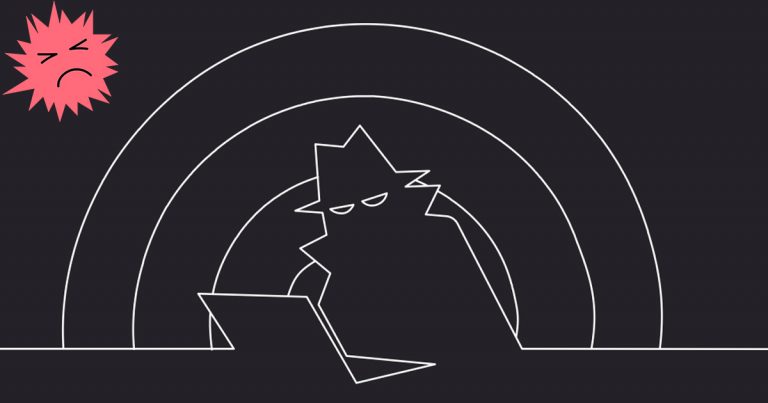laws and examples from judicial practice

Databases are protected in the European Union through Directive 96/9/EC of March 11, 1996 on the legal protection of databases. According to Art. 3 of the Directive, the sole criterion for the protection of databases with the help of copyright may be the fact that such a database was created by the creative work of the author – and no others, as the Directive says, should be applied. The same article reminds us of another important rule – the creative selection will be protected, but not the contents (elements) of the database, the rights to which, of course, may belong to other subjects. It is also important to note the autonomy and independence of these elements – thus, according to the preamble to this document on databases, a selection of individual images that instead make up a film cannot be protected as a database.
An interesting example is case BHB Ltd & Ots v. William Hill Organization Ltd, which considered the possibility of protecting the database in the form of a collection of information about the races held (information about horses, jockeys, dates of the races), which was held by the person responsible for administering the races (British Racing Council). In this case, the ECJ also found that the costs of selecting horses and running the race as a whole cannot be considered equivalent to the costs of producing a database.
If the compilation is not creative, the database may still be protected by sui generis rights (Article 7 of the Directive) – if there are proven sufficient costs for its creation. Then the extraction and use of a significant part of such a database would also be qualified as a violation. The duration of the exclusive rights to such a database will be 15 years (Article 10 of the Directive).
Copyrights – as well as sui generis rights – arise automatically as a result of the creation of a work, no registration is required for their occurrence. However, in many countries certain mechanisms can be found to verify the author and date of the database. These methods, as well as examples from judicial practice that reveal the concept of database protectability, will be discussed in more detail below.
France
Of course, for the emergence of the rights themselves, the database does not need to be registered (Article L111-1 of the Intellectual Property Code). However, you can protect yourself from possible disputes using various deposit systems – from notaries and copyright societies to special tool Office of industrial property (L’enveloppe Soleau), developed about a hundred years ago to confirm the name of the author and the date of creation of the work. The principle of operation is very simple: closed envelopes with two copies are sent to the Office, which stamps them with the date, then returns one to the sender, and saves the second in the archive. In case of a disputable situation, it is enough just to open the envelopes and check the dates. Of course, today this service is also available in an electronic version, which makes it possible to use it for databases as well.
Example from jurisprudence
LBC owns the site leboncoin.fr, which allows individuals to post free commercial ads relating to all categories of goods or services. This site is very popular, and you can easily find almost anything there.
A firm Entreparticuliers.com offers private individuals a paid service for placing ads, mainly about real estate. To this end Entreparticuliers.com has entered into an agreement with another company that collects and transmits to it every day all new real estate listings published by individuals in various media, including the website leboncoin.fr, without permission from LBC. In connection with the transfer of real estate listings without permission, LBC filed a lawsuit against Entreparticuliers.com on violation of sui generis rights of database producers.
In a decision dated September 1, 2017, the Paris Court qualified the website leboncoin.fr as a database and obligated site entreparticuliers.com compensate LBC for damages resulting from illegal extraction of material.
Of particular interest is the interpretation of the concept of extracted data volume. The purpose of a sui generis database right is to enable a producer to prohibit the extraction (ie permanent or temporary transmission) or reuse (ie making available to the public) of the contents of its database. The act of retrieval or reuse is prohibited if it is quantitatively or qualitatively significant, or if it is not significant, but repeated and systematized beyond the normal terms of use of the database.
In this case, the extractions carried out Entreparticuliers.comwere neither quantitatively nor qualitatively significant. Analyzing the facts, the Parisian court noted, on the one hand, that the share represented by advertisements related to the real estate sector is 10% of the total number of advertisements placed, and on the other hand, that apart from the article published in the newspaper Le Monde, there are no specific elements , testifying to the essential qualitative nature of real estate ads.
On the other hand, the court ruled that this non-essential part of the database, consisting of real estate ads, is extracted and reproduced repeatedly and systematically on behalf of the company Entreparticuliers.com. The Court notes that among the advertisements reproduced on Entreparticuliers.com site, all listings included in the “for sale” category include the site’s logo leboncoin.fr on photographs representing the property and the seller’s phone number. Thus, the criterion for repeated and systematic violation was proven.
Spain
Interestingly, the deposit in the Register of Intellectual Property is according to Art. 145.3 of law 1/1996 on intellectual property as the main evidence in the presence of disputable situations.
Example from jurisprudence
Let’s talk about an incident that happened in Spain. The dispute concerned a climbing guide published in 2011, which contains information about climbing areas in the mountainous region of Catalonia in Spain and the technical information needed to practice the sport. The manual is organized as an index divided into 9 chapters. The information was obtained as a result of field work carried out by the author, as well as from other climbers with whom the author spoke personally.
The defendant is the developer of an application for mobile phones, which also contains data on climbing areas throughout Catalonia, including this region. This app contains a topographical map of Spain showing different climbing regions and uses search criteria to sort the results.
Having learned about the existence of the application, the author of the guide demanded to stop violating the rights to the database he created, but the court of first instance refused to satisfy the claims. In appealing against the decision, the plaintiff argued that his guidebook was not a mere collection of data and that his work contained information that allowed specific elements to be found, thus possessing a high degree of originality.
The question at issue was: Is the compilation put together by the plaintiff a database, and if so, can it be copyrighted? Considering that the Claimant’s work lacks any method or means for identifying a single piece of data from the significant amount of data that the work contains, where they are collected in accordance with certain criteria that are considered common for works of this type, the court did not agree that that the manual written by the plaintiff is a database and therefore held that it could not be protected by means of copyright.
Great Britain
Database protection (copyright and sui generis) was first introduced by the relevant EU Directive, implemented into national law through the Copyright and Rights in Databases Regulation 1997. After 1 January 2021 (withdrawal from the EU), copyright protection for databases in the UK is essentially unchanged: the UK and all EU member states are members of international copyright treaties that protect relevant works (e.g. databases, which are original) in all countries participating in the treaty, however, databases created by citizens and legal entities from other countries guarded will no longer be.
Example from jurisprudence
JJ System Services was created by a former Weiss Technik UK employee before he left his previous job. Both companies carry out entrepreneurial activities in the field of ecology and are direct competitors. Weiss Technik UK accused the head of JJ System Services of copying a significant amount of information belonging to Weiss Technik UK when moving to a new job – even a letter with the same spelling errors was presented as one of the evidence. Thus, in addition to the violation of confidentiality, the court was faced with the question of recognizing the collection of company information as a database and, therefore, of the existence of a violation.
The database consisted of information about customers – names, contact information, website, current contracts and possible future commercial offers. All information was strictly systematized: according to the company’s management, work on this database occupied 90% of the administration’s working time. Due to the illegal use of the obtained information, many Weiss Technik UK customers have switched to JJ System Services. The infringement has been proven.
conclusions
As you can see from the examples above, if it is possible to provide additional protection for databases in the EU and the UK, then it is better to do it anyway. This is easier than going to courts later, proving the fact of theft by unscrupulous competitors or former employees.
PS In our telegram channel we play out free trademark registration and other prizes. We invite you to participate.
About the service Online Patent
Online Patent is the number 1 digital system in the Rospatent rating. Since 2013, we have been creating unique LegalTech solutions for the protection and management of intellectual property. Register in the Online Patent service and get access to the following services:
Online registration of programs, patents for invention, trademarks, industrial design;
Submission of an application for inclusion in the register of domestic software;
Options for accelerated registration of services;
Free search in databases of patents, programs, trademarks;
Monitoring of new applications by criteria;
Online support of specialists.
For more articles, analytics from experts and useful information about intellectual property in Russia and the world, look at our Telegram channel.
Get a discount of 2000 rubles on your first order. More details in the pinned post.





